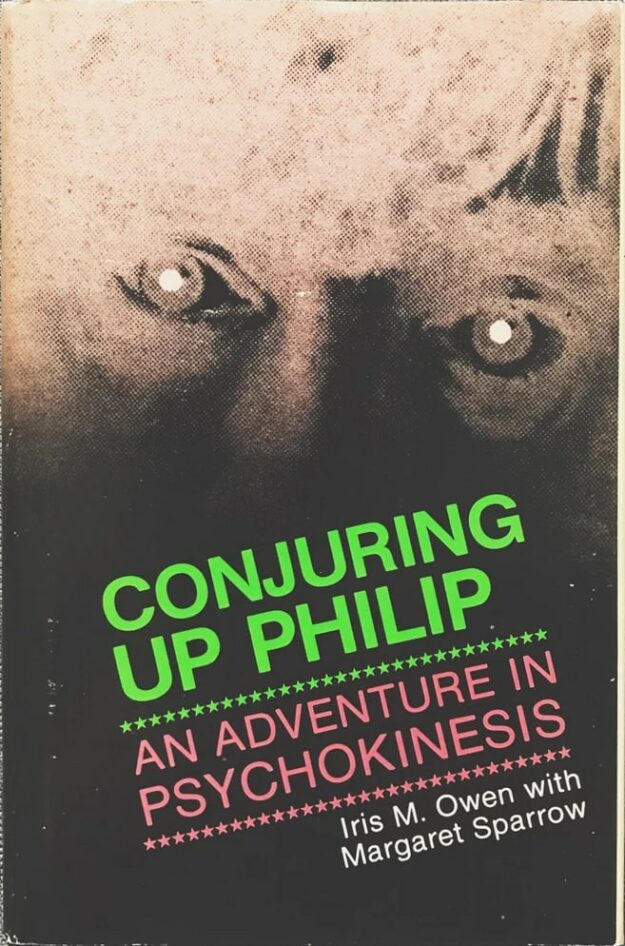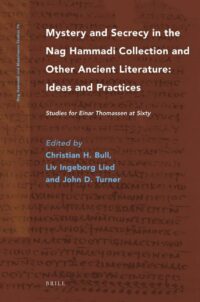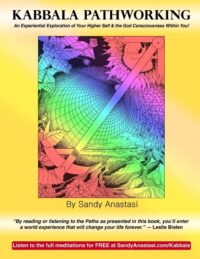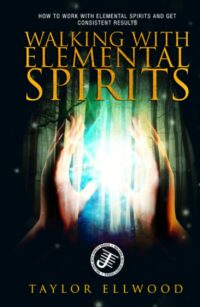“Conjuring up Philip: An Adventure In Psychokinesis” by Iris M. Owen and Margaret Sparrow

"The Philip phenomenon… who or what is it?
In Toronto, Canada, eight men and women of average pursuits, nonspiritualists, set out to create a psychic phenomenon.
Forgoing the typical setting of the traditional séance, they chose a well-lit room and met at different times of the day. They placed their hands upon a sturdy table and concentrated their thoughts on bringing forth a force of energy. And they did not call out to the spirit of a known person who had once lived.
Instead the group believed, and set out to prove, that their collective will could produce a psychical phenomenon. If they were successful, their experiment would shed new light on paraphyschology, on spiritualism, on the theory of what constitutes a ghost.
To give their efforts a focus they invented a man named Philip, decided on his personality and physical characteristics, gave him a time to have lived, a background with names and dates, a loveless marriage and a tragic romance with someone named Margo. Their fanciful story kept them together over months of trial and error… but what took place finally was not fanciful.
They called to Philip and something answered. Although the group continues to meet and communicate with Philip, no one knows what is responding. The answers come in a simple code—the force produces a rap on the table—one rap for "yes", two for "no". But the table cannot be confined. It has flung itself across the room, followed members about, and has exhibited a unique, sometimes playful "personality".
Accounts of the Philip experiment excited interest among physicists, who came to observe. To measure the intensity of the rappings, an electrically wired metal plate was hung in the room and the group was asked to try to transfer the responses from the medium of the table to the metal plate. The quality of the recorded sounds is acoustically different from other noise. The force has not been identified, nor has it been explained. But something exists.
Under the guidance of the first group, a second was formed. Their aim was to create a different story and attempt to produce the same phenomenon. With the benefit of the first group's experience, this second group was able to achieve similar results within five weeks of concentrated effort.
The authors believe that it is possible to repeat this phenomenon anywhere, with any determined group. They feel that one or two persons alone probably do not have the psychic strength to be successful and recommend that those attempting this experiment do so with at least six to eight present. In this book, they outline their progress, their early failures, and the steps that led to "Philip".
An arch skeptic has remarked: "If there were a Nobel Prize for parapsychology, the Philip experiment should receive it".
This book is the chronicle of an out-of-the-ordinary extraordinary phenomenon."









Comments and discussion can be found in the channel